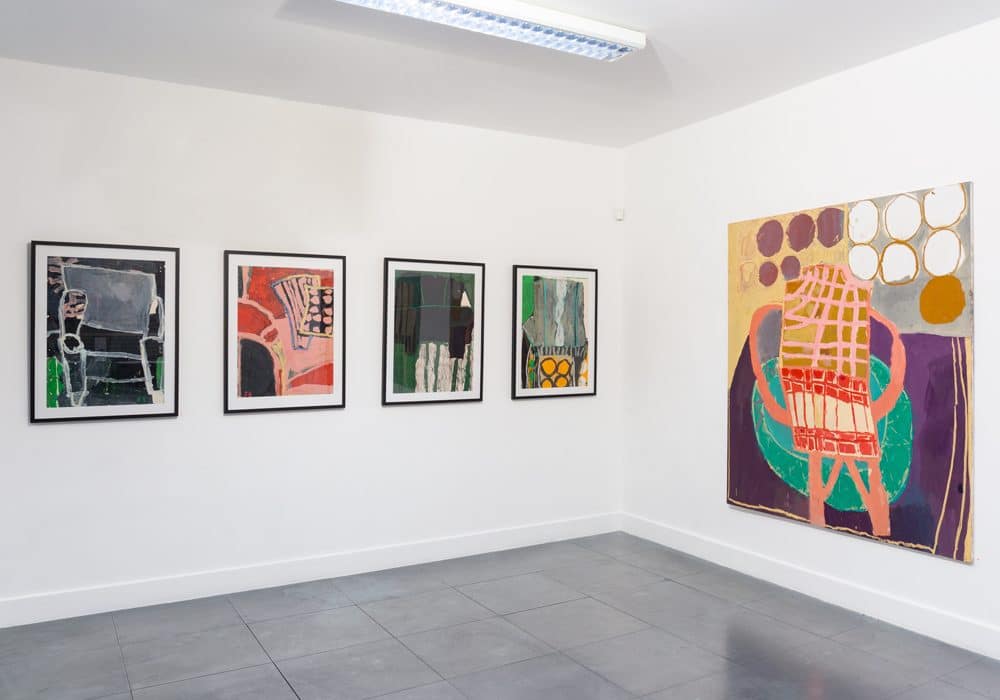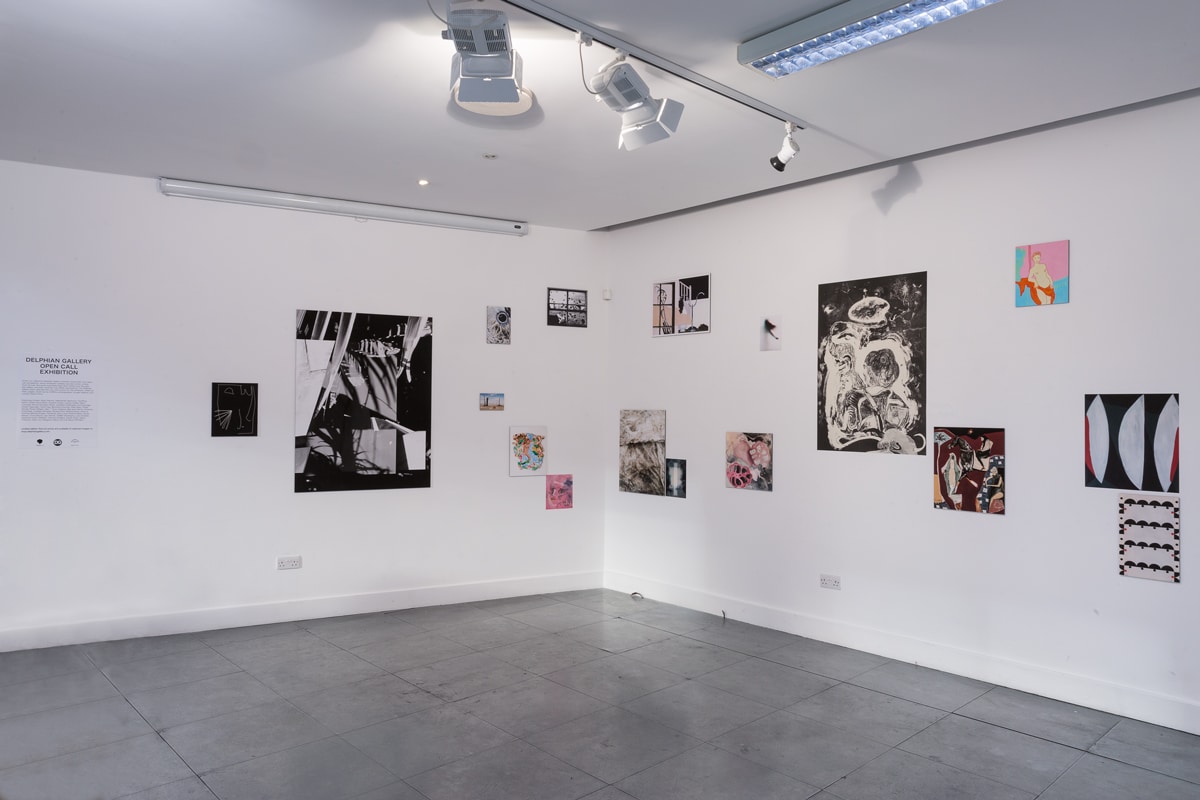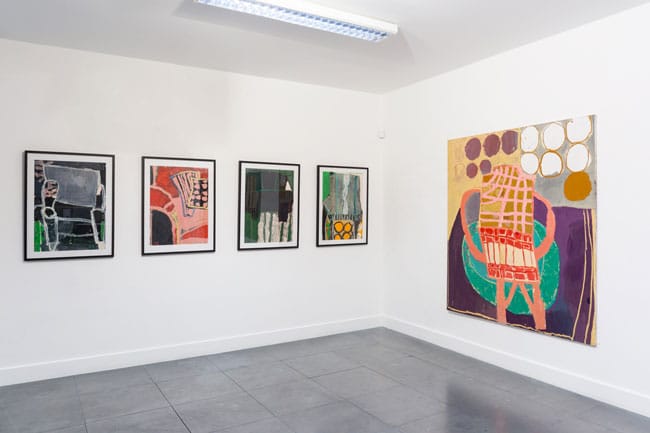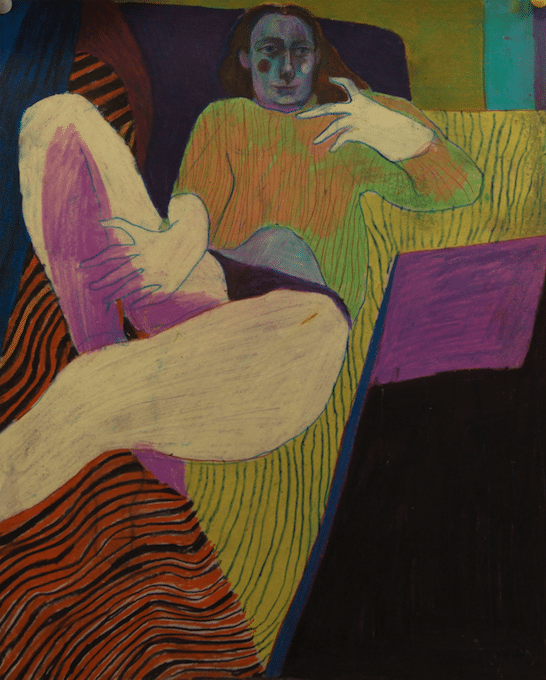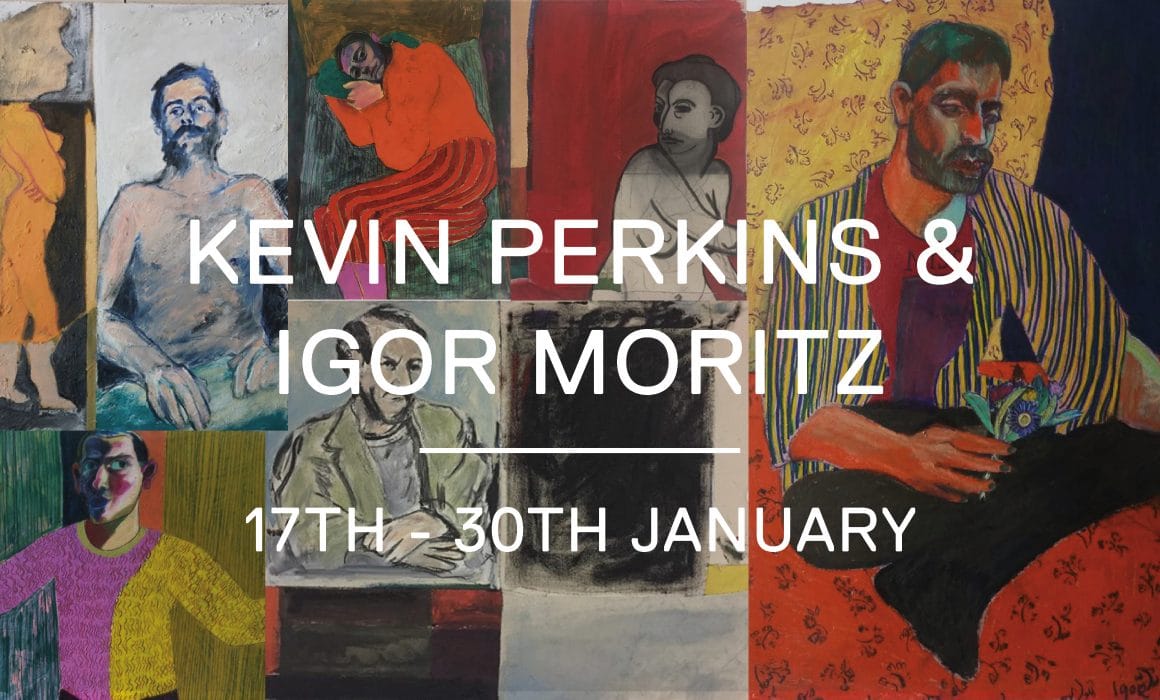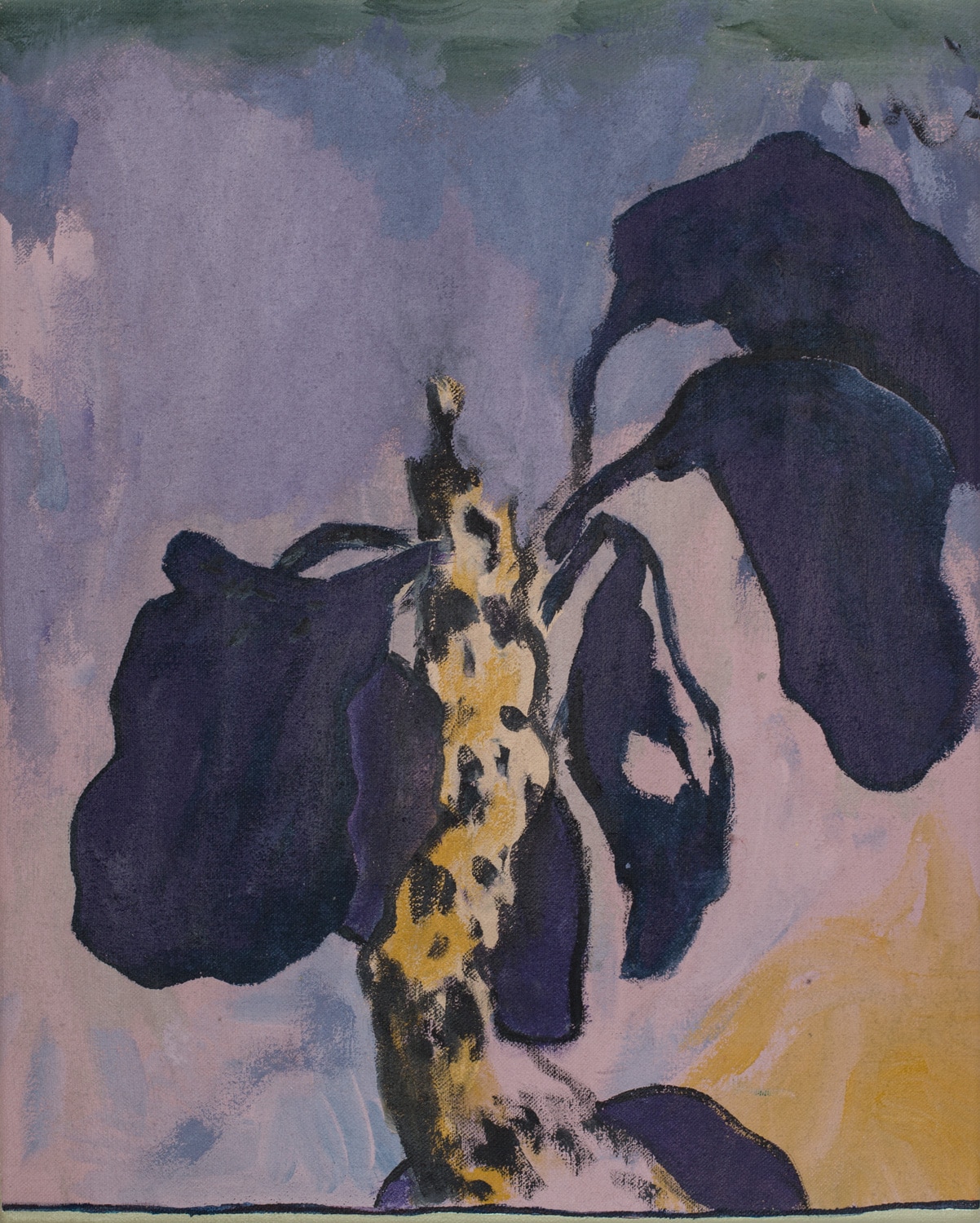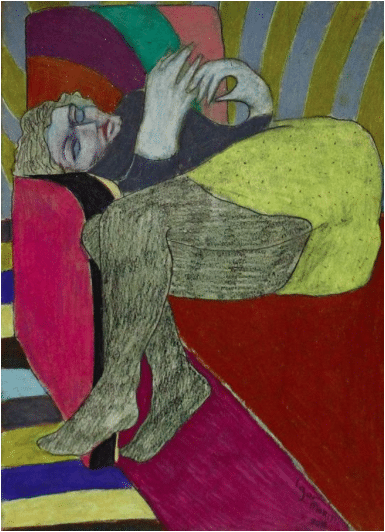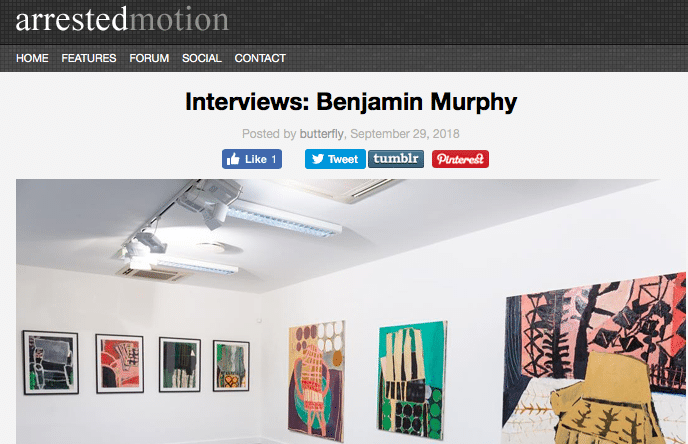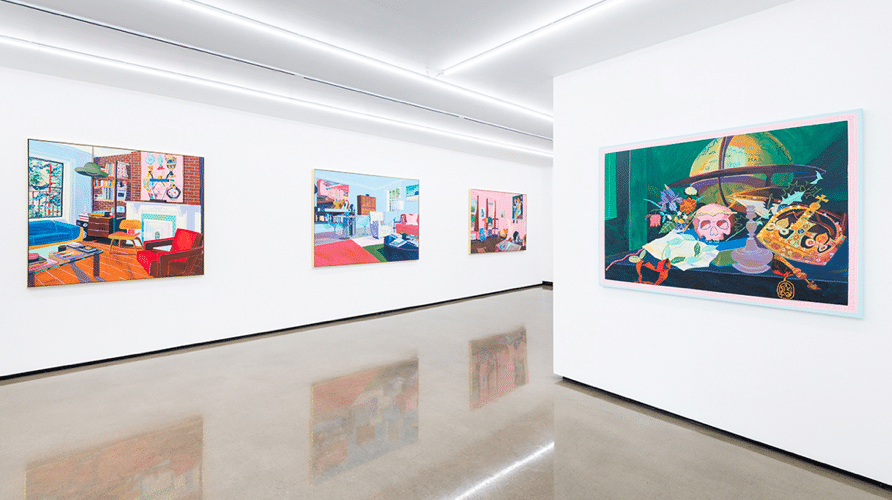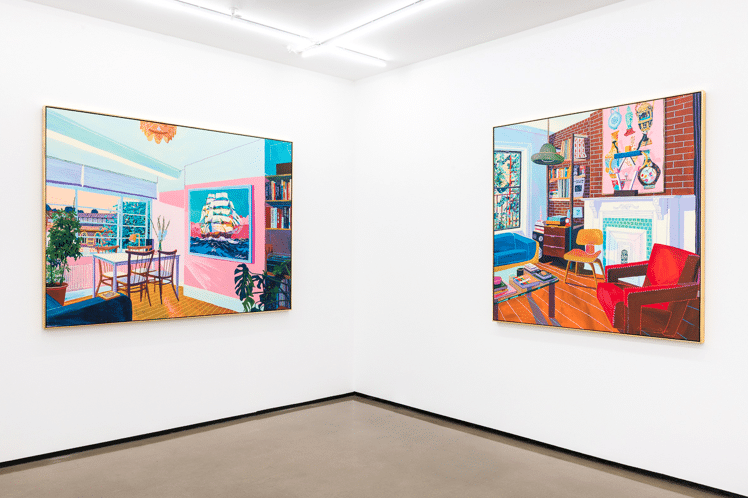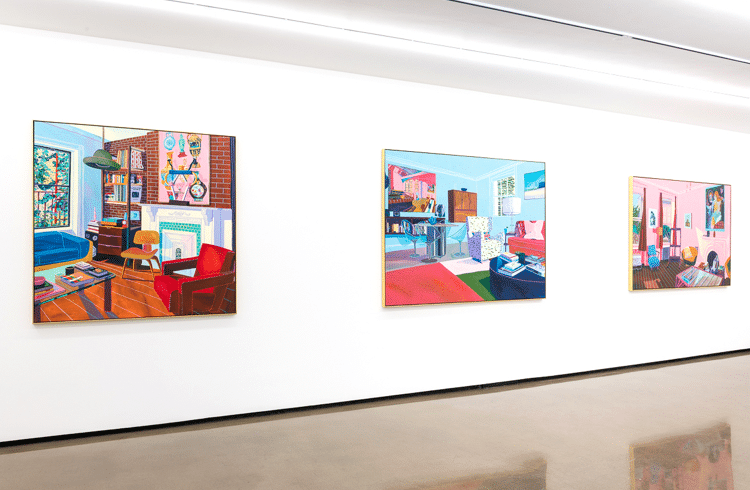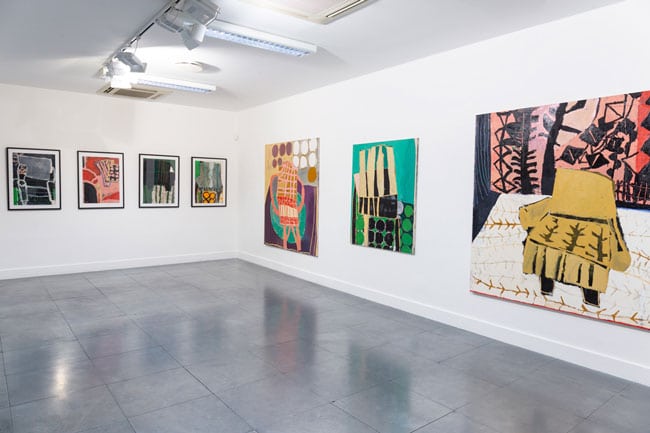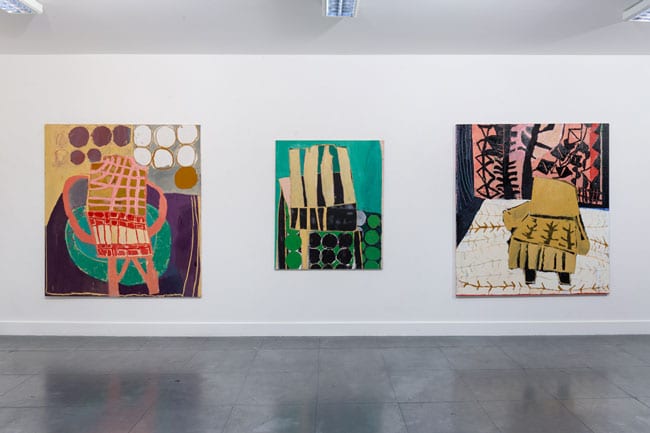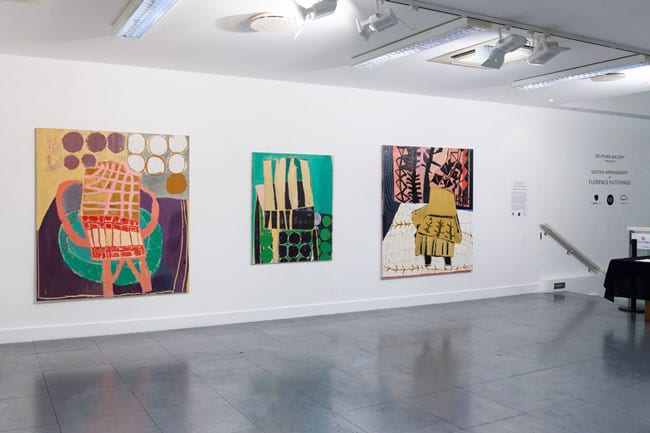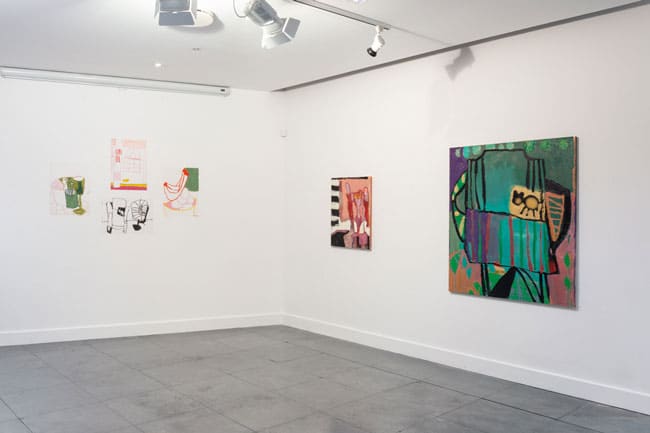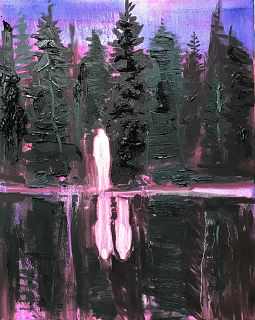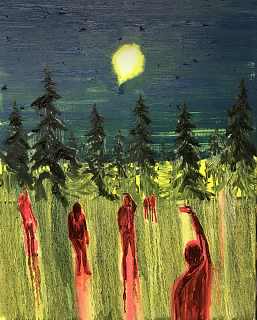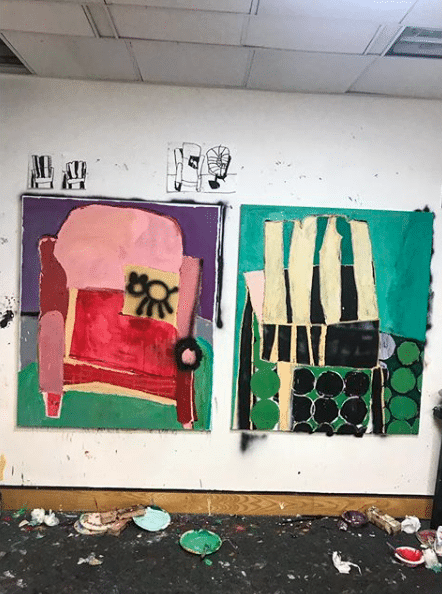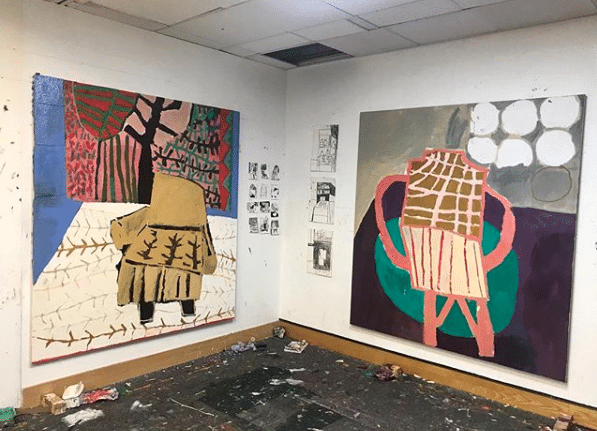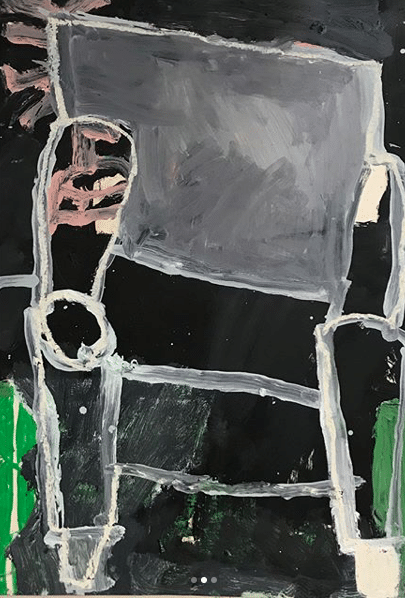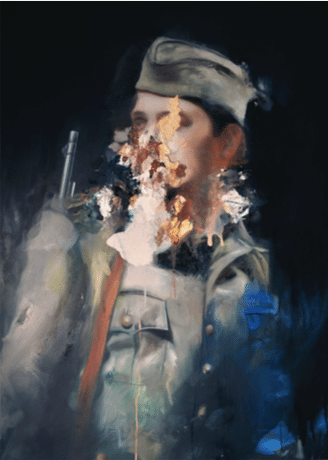Our 2019 Open Call is NOW OPEN – here are a few of our favourites so far.
Our 2019 Open Call is NOW OPEN! You still have over a week to submit your work, but for now we thought we’d give you a little run-down of some of the submissions so far.
For more information on how to enter, you can find the instructions [HERE]
Caleb Hahn (@CalebHahn)
Georgia Grinter (@Georgia.Grinter)
Sophie Goudman-Peachen (@Peach.Face)
Jemisha Maadhavji (@Jemisha_Maadhavji)
View this post on InstagramJemisha Maadhavji for #delphianopencall. @jemisha_maadhavji #delphiangallery
Lotta Esko (@Lotta_Esko)
Brad Teodoruk (@BradTeodoruk) & Neil Ernest Tomkins (@Neil_Ernest_Tomkins)
Zibby Jahns (@ZibbyJahns)
View this post on InstagramLoving the calibre of the submissions so far! @zibbyjahns for #DelphianOpenCall


